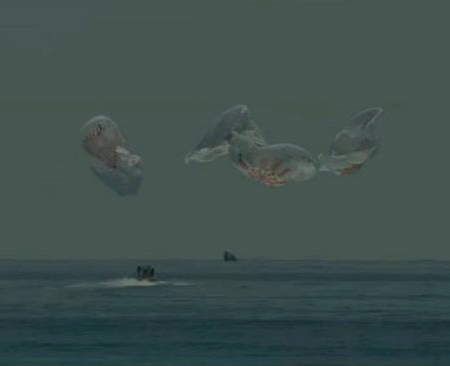SpaceX successfully launches four NASA astronauts to ISS
SpaceX tonight successfully launched four NASA astronauts to ISS, its Falcon 9 lifting off from Cape Canaveral on the company’s eighth operational manned mission for NASA, and the thirteenth overall manned mission launched by SpaceX since May 2020.
The Dragon capsule, Endeavour, is flying its fifth manned flight. The first stage completed its first flight, landing back at Cape Canaveral. The crew is expected to dock with ISS on March 5, 2024. The crew is scheduled to fly a standard six month mission.
The leaders in the 2024 launch race:
20 SpaceX
10 China
3 Russia
American private enterprise now leads the entire world combined 23 to 19 in successful launches, while SpaceX now leads the rest of the world, excluding American companies 20 to 19.
SpaceX tonight successfully launched four NASA astronauts to ISS, its Falcon 9 lifting off from Cape Canaveral on the company’s eighth operational manned mission for NASA, and the thirteenth overall manned mission launched by SpaceX since May 2020.
The Dragon capsule, Endeavour, is flying its fifth manned flight. The first stage completed its first flight, landing back at Cape Canaveral. The crew is expected to dock with ISS on March 5, 2024. The crew is scheduled to fly a standard six month mission.
The leaders in the 2024 launch race:
20 SpaceX
10 China
3 Russia
American private enterprise now leads the entire world combined 23 to 19 in successful launches, while SpaceX now leads the rest of the world, excluding American companies 20 to 19.

